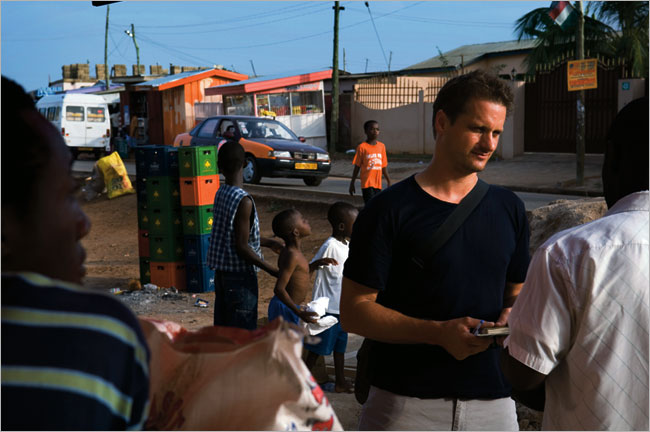I do agree with Chipchase that we carry items that give us a sense of security, and sometimes this sense of security causes us to carry more than we need. This results in having many things in our bags, pockets and wallets and it can be a burden to carry, but if it is essential to survive and for us to go about our daily lives without any hiccups, why not?
An interesting example in this chapter is the life of Meili, where Chipchase accounts that her handbag never leaves her sight, and she was even upset when she realised that she had left her bag unzipped. In countries like China or India where theft is frequent, people become more vigilant and sensitive to their surroundings and belongings. On the contrary, in a relatively low theft rate country like Singapore, you would realise that leaving your mobile phone and wallet on the table while you eat is very common. This can result in forgetting about them when you leave the area after you have eaten because we are not being ‘forced’ to be sensitive about our belongings. This is similar to having all our information and essentials in our phones. Knowing that we have everything at the tip of your fingers would make us less aware, because we know that our devices will remind us of what we need to do. Being humans, we adapt to this instant lifestyle quickly and could make us be impatient if we cannot get things we want quickly and conveniently.
In relation to this where the future moves on to storing files and money in clouds and abstract or intangible places where you know it’s there, but you cannot see it, people start to be less aware and watchful of their items. For example Chipchase mentioned about having credits in your fare card and not tracking how much you have, resulting in carrying more cards than what you actually need. Of course, it is useful when your credits are combined and made available in a single physical form like the mobile phone, where you can link your fare card to your credit card, and you do not have to worry about insufficient credits. However, with everything combined into a single device, there is still a high risk of system failure or theft. One moment you could have everything in there and the next moment it’s gone.
With this in mind, people are starting to come up with ideas of owning something without it actually being yours. For example in a local context, we have the Obike, where you can rent a bicycle anywhere and ride it to anywhere you want. Like what Chipchase says, ‘There’s no way to steal something that has no owner.’, we do not have to worry about our bicycle being stolen because it is not ours to begin with. That being said, however, we cannot forget that out there it is the business that is losing money.
Lastly, as technology develops, our lifestyle changes and human behaviour will evolve. Like the vending machine in Japan, where we can check our credits to see if we still have enough to buy a soda or not, it is important to consider the endless possibilities of the human behaviour and experience when we want to design for the future.


